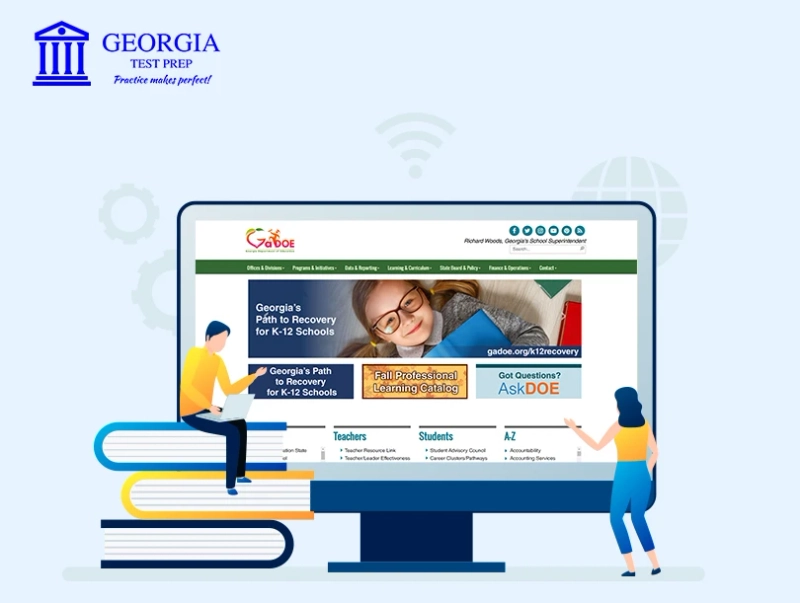If you’ve got a child in the Georgia state school system, then you’ve probably heard of the Georgia Milestones Assessment System and how important it is. They can indeed influence how your child progresses through school. But what exactly is it, and what does it mean? And as a parent, how can you help your children do well on it?
This post is a comprehensive guide on what the Georgia Milestones Assessment System (GMAS) is all about.
What is the GMAS?
Simply put, the Georgia Milestones is an assessment program for school children from grades 3 through high school.
The tests provide information about whether students are grasping their subjects according to the state-adopted standards in the core areas of English language arts (ELA), math, science, and social studies, and whether they are ready to progress to the next grade.
They offer a “snapshot” of what students can do in those subjects. But they are also important for school and district accountability. Informing the students, parents, educators, and the public about how well students are learning important content is an essential aspect of any educational assessment and accountability system.
The Georgia Department of Education (GaDOE) is the authority for Georgia Milestones.
History of GMAS
The Georgia Milestones Assessment System was introduced in 2014-2015 to replace former state assessments which were setting lower standards for students.
In fact, the old tests – the Criterion-Referenced Competency Tests (CRCTs) and high school End of Course Tests (EOCTs) –set some of the lowest expectations for student proficiency in the nation.
The Georgia Milestones are more rigorous and more in line with the rest of the country. In that way, they are a better system because they urge our students to do better.
Part of what makes them a better assessment than older tests is that they require “constructed responses,” meaning students must provide the correct answer instead of selecting it, or they might have to explain how they got the answer or even explain why a provided answer is wrong.
Features of GMAS
- Items in ELA and math are open-ended, i.e. they are constructed-response types for all grades and courses.
- The ELA assessment has a writing component that is in response to passages read by students at every grade level.
- All content areas and courses have norm-referenced items to compare how students fare at a national level (see National Percentile in Grading).
- The number of questions in the tests (30-60) and the allotted time to each test (60-90 minutes with breaks between sections) vary by subject.
Educators say that the GMAS isn’t the kind of exams students can study for with a cram session the night before the tests. It takes a sustained effort over the school year and requires students to pay attention in class and as they do their assignments.
We’ve covered in an extensive article what parents can do to help their kids prepare for the GMAS. If you find your child is getting stuck often, there are things you can do to remedy that as well. Check out the rest of our blog for more tips and information.
Who takes the GMAS?
All students from grade 3 all the way up to high school take the GMAS.
Grades 3 - 8 will take the End of Grade (EOG) assessment.All students who are enrolled in high school courses will take the End of Course (EOC) assessments.
Middle school students who are enrolled in a high school course are required to take the EOC assessment for that course and not the EOG assessment.
- Grades 3, 4, 6, and 7 take EOG assessments in ELA and math.
- Grades 5 and 8 take EOG assessments in ELA, math, science, social studies.
- High School students take EOC assessments for each of the ten courses designated by the State Board of Education across four content areas (listed below).
The EOC tests are administered at the completion of the course for all grades. Additionally, since the 2015-16 school year, these test results serve as the final exam for their corresponding course, and contribute 20% to a student’s final course grade.
Language Arts
- Ninth Grade Literature and Composition
- American Literature and Composition
Math
- Algebra I/Coordinate Algebra
- Geometry/Analytic Geometry
Science
- Biology
- Physical Science
Social Studies
- United States History
- Economics/Business/Free Enterprise
Raed complete article at - Georgia Milestones Assessment System



